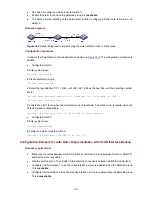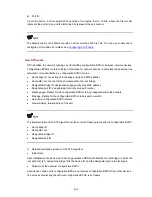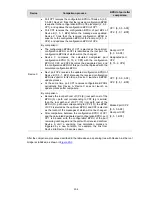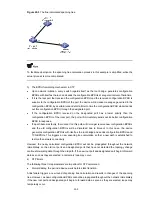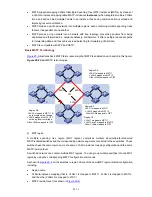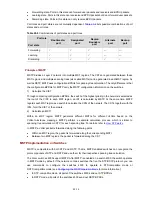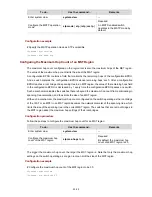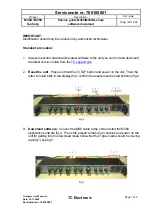
20-13
z
A region boundary port is located on the boundary of an MST region and is used to connect one
MST region to another MST region, an STP-enabled region or an RSTP-enabled region.
z
An alternate port is a secondary port of a root port or master port and is used for rapid transition.
With the root port or master port being blocked, the alternate port becomes the new root port or
master port.
z
A backup port is the secondary port of a designated port and is used for rapid transition. With the
designated port being blocked, the backup port becomes the new designated port fast and begins
to forward data seamlessly. When two ports of an MSTP-enabled switch are interconnected, the
switch blocks one of the two ports to eliminate the loop that occurs. The blocked port is the backup
port.
In
Figure 20-5
, switch A, switch B, switch C, and switch D form an MST region. Port 1 and port 2 on
switch A connect upstream to the common root. Port 5 and port 6 on switch C form a loop. Port 3 and
port 4 on switch D connect downstream to other MST regions. This figure shows the roles these ports
play.
z
A port can play different roles in different MSTIs.
z
The role a region boundary port plays in an MSTI is consistent with the role it plays in the CIST. The
master port, which is a root port in the CIST while a master port in the other MSTIs, is an exception.
z
For example, in
Figure 20-5
, port 1 on switch A is a region boundary port. It is a root port in the CIST
while a master port in all the other MSTIs in the region.
Figure 20-5
Port roles
11) Port state
In MSTP, a port can be in one of the following three states:

